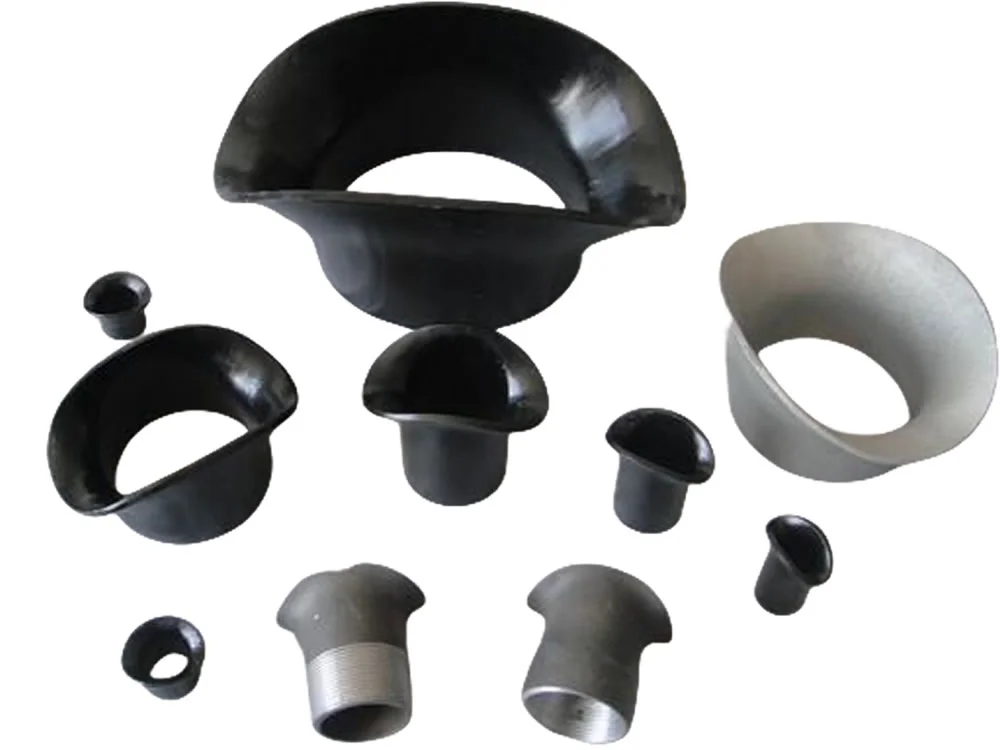
Durable Pipe Saddles For Branching, Support, And Repair
Pipe saddle fittings provide safe and economical solutions for branching, supporting, or repairing pipelines in industrial applications.
Durable Pipe Saddles For Branching, Support, And Repair
Pipe saddle fittings provide safe and economical solutions for branching, supporting, or repairing pipelines in industrial applications.
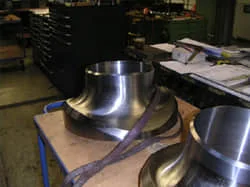
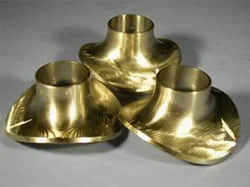
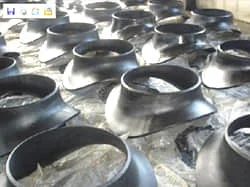
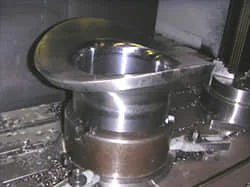
Saddle Previously fittings, also known as pipe saddles or saddle tees, are specialized components designed to create secure branch connections in industrial piping systems, offering exceptional corrosion resistance and structural integrity. Compliant with standards such as ASME B31.1, ASME B16.9, and ASTM specifications, these fittings are engineered for reliable performance in demanding applications, including boiler pipeline protection, oil and gas pipelines, chemical processing, and water treatment. Their design enables efficient branching without compromising the main pipeline’s strength or flow.
Manufactured from materials like carbon steel (e.g., ASTM A234 WPB), stainless steel (e.g., ASTM A403 WP304/316L), or alloy steel, saddle previously fittings are crafted through forging, casting, or welding processes to ensure robust, leak-free connections. These fittings are welded onto the main pipe to form a branch, providing a cost-effective alternative to tees for adding outlets. Available in sizes from 1/2” to 48” (DN15 to DN1200) for the main pipe and branch diameters, with wall thicknesses from SCH 10 to XXS, they meet diverse project requirements. Surface treatments like galvanizing, 3LPE, or FBE coatings enhance corrosion resistance, making them suitable for harsh environments.
Welded saddle fittings undergo rigorous testing, including hydrostatic, ultrasonic, and radiographic inspections, to ensure weld quality and compliance with industry standards. With tensile strengths ranging from 415 MPa (carbon steel) to 515 MPa (stainless steel), these fittings provide reliable performance in systems handling corrosive fluids, high-pressure gases, or abrasive materials. Their design supports branch pipe connections in applications where thermal expansion, vibration, or pipeline wear are concerns, ensuring long-term durability in industrial piping systems.
The key advantage of saddle previously fittings lies in their ability to create branch connections without cutting the main pipe, reducing installation time and costs compared to traditional tees. They are particularly suited for retrofitting existing pipelines or adding branches in confined spaces. Their corrosion resistance makes them ideal for chemical plants, refineries, and marine environments, while their robust construction ensures compatibility with high-temperature systems like boilers. Customizations, such as reinforced saddles or specific branch angles, cater to unique project needs.
Saddle previously fittings address critical challenges like pipeline corrosion, pressure loss, and complex branching in industrial systems. Their durable construction and versatile design make them a preferred choice for engineers seeking reliable boiler pipeline protection and branch pipe connections. Whether used in high-pressure oil and gas pipelines or corrosive chemical processing systems, these fittings deliver unmatched performance, safety, and longevity.
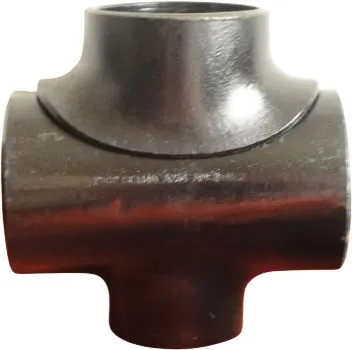
Saddle fittings have a rich history and have been employed in a range of applications across various industries. Here are some examples of how saddle fittings were previously used:
In agricultural settings, saddle fittings were commonly used in irrigation systems. They facilitated the connection of smaller distribution pipes to larger mainline pipes, allowing water to be efficiently transported to different areas of a field.
Saddle fittings found their place in plumbing and drainage systems, especially in scenarios where new branch lines needed to be added to existing pipelines. The saddle provided an effective way to create a connection without disrupting the entire system.
Industries that required the transport of various fluids, such as chemicals or wastewater, often used saddle fittings to create connections for sampling, monitoring, or additional outlets.
Saddle fittings were also used in gas distribution networks, allowing for the connection of gas lines of different sizes and enabling the safe and efficient distribution of gases.
| Element | Composition (%) |
|---|---|
| Carbon (C) | 0.30 max (WPB), 0.08 max (WP304) |
| Manganese (Mn) | 0.29-1.06 (WPB), 2.00 max (WP304) |
| Phosphorus (P) | 0.05 max (WPB), 0.045 max (WP304) |
| Sulfur (S) | 0.058 max (WPB), 0.03 max (WP304) |
| Silicon (Si) | 0.10 min (WPB), 0.75 max (WP304) |
| Chromium (Cr) | - (WPB), 18.0-20.0 (WP304) |
| Nickel (Ni) | - (WPB), 8.0-11.0 (WP304) |
| Property | Value |
|---|---|
| Tensile Strength, min (MPa) | 415 (WPB), 515 (WP304) |
| Yield Strength, min (MPa) | 240 (WPB), 205 (WP304) |
| Elongation, min (%) | 22 (WPB), 40 (WP304) |
| Hardness, max (HBW) | 197 (WPB), 201 (WP304) |
| Feature | Saddle Previously | Equal Tee | Welded Stub End |
|---|---|---|---|
| Material Type | Carbon/Stainless Steel | Carbon/Stainless Steel | Carbon/Stainless Steel |
| Connection Type | Welded Branch | Welded/Threaded | Welded with Lap Joint |
| Corrosion Resistance | Excellent (With coatings) | Excellent (With coatings) | Excellent (Material-dependent) |
| Applications | Branching, retrofitting | Equal flow branching | Flange connections |
| Tensile Strength (MPa) | 415-515 (min) | 415-515 (min) | 415-515 (min) |
| Installation Complexity | Low (No pipe cutting) | Moderate (Pipe cutting) | Low (Flange alignment) |
| Key Advantage | Cost-effective branching | Balanced flow distribution | Easy maintenance |
A curated list of long-tail keywords for saddle previously fittings, covering specifications, applications, and material properties, presented in a two-column layout.
Note: Saddle previously fittings comply with ASME B16.9 and ASTM standards. For detailed specifications, refer to the relevant standards or contact a certified supplier.

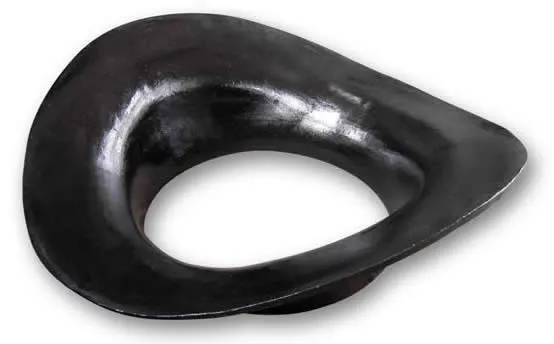
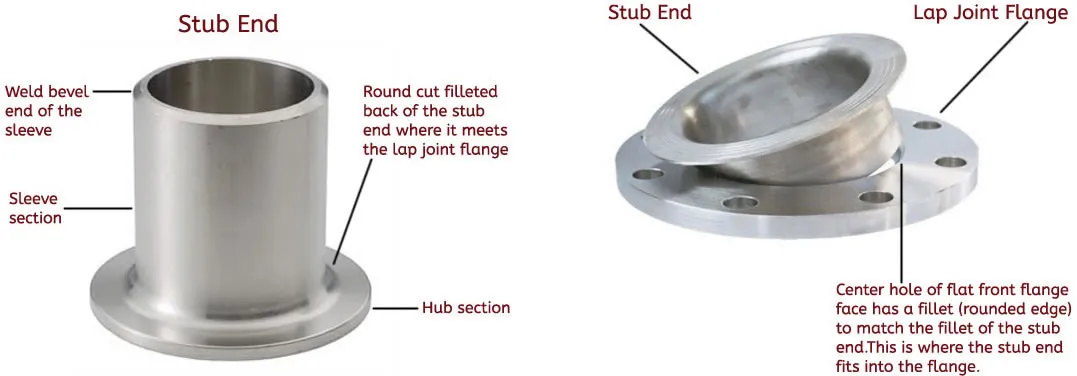
Quick removal of piping sections without disturbing the entire system for maintenance and inspection.
Use expensive materials only where needed, with cheaper backing flanges reducing overall cost.
Rotating backing flange allows easy alignment of bolt holes during installation.
Properly welded and assembled stub ends provide secure and leak-proof joints.
Compatible with various flange types and available in wide range of materials and sizes.
Manufactured to strict international standards with comprehensive testing and inspection.
Description: Produced and machined specifically to fit lap joint flanges.
Description: Suited for standard slip-on flanges acting as lap-joint flanges.
Description: Versatile for both lap joint and slip-on backing flanges.
Description: Similar to Type "C" with concentric serrations on lap face.
Longer length for easier alignment and welding. Suitable for frequent disassembly applications.
Standard Lap Joint FlangesSimilar length to pipe. Ideal for space-limited applications where flange needs to be close to pipe end.
Slip-On FlangesIn piping systems, a stub end is a crucial component used for connecting pipes of different materials and sizes. It provides a convenient and cost-effective solution for achieving a leak-free joint without the need for welding. In this article, we will explore the geometry, types, and applications of stub ends, shedding light on their significance in various industries and projects.
| N.D. | Out diameter | Hight(F) | Stub end O.D.(G) | Beveld radio(R) | ||||
|---|---|---|---|---|---|---|---|---|
| NPS | DN | OD | Mss | ANSI | Nominal&max | Nominal&min | A Max | B Max |
| 1/2 | 15 | 21.3 | 50.8 | 76.2 | 35 | 34 | 3 | 0.8 |
| 3/4 | 20 | 26.7 | 50.8 | 76.2 | 43 | 42 | 3 | 0.8 |
| 1 | 25 | 33.4 | 50.8 | 101.6 | 51 | 50 | 3 | 0.8 |
| 1 1/4 | 32 | 42.4 | 50.8 | 101.6 | 64 | 63 | 4.8 | 0.8 |
| 1 1/2 | 40 | 48.3 | 50.8 | 101.6 | 73 | 72 | 6.4 | 0.8 |
| 2 | 50 | 60.3 | 63.5 | 152.4 | 92 | 91 | 7.9 | 0.8 |
| 2 1/2 | 65 | 73 | 63.5 | 152.4 | 105 | 104 | 7.9 | 0.8 |
| 3 | 80 | 88.9 | 63.5 | 152.4 | 127 | 126 | 9.6 | 0.8 |
| 3 1/2 | 90 | 101.6 | 76.2 | 152.4 | 140 | 139 | 9.6 | 0.8 |
| 4 | 100 | 114.3 | 76.2 | 152.4 | 157 | 156 | 11.2 | 0.8 |
| 5 | 125 | 141.3 | 76.2 | 203.2 | 186 | 185 | 11.2 | 1.6 |
| 6 | 150 | 168.3 | 88.9 | 203.2 | 216 | 215 | 12.7 | 1.6 |
| 8 | 200 | 219.1 | 101.6 | 203.2 | 270 | 269 | 12.7 | 1.6 |
| 10 | 250 | 273.1 | 127 | 254 | 324 | 322 | 12.7 | 1.6 |
| 12 | 300 | 323.9 | 152.4 | 254 | 381 | 379 | 12.7 | 1.6 |
| 14 | 350 | 355.6 | 152.4 | 304.8 | 413 | 411 | 12.7 | 1.6 |
| 16 | 400 | 406.4 | 152.4 | 304.8 | 470 | 468 | 12.7 | 1.6 |
| 18 | 450 | 457.2 | 152.4 | 304.8 | 533 | 531 | 12.7 | 1.6 |
| 20 | 500 | 508 | 152.4 | 304.8 | 584 | 582 | 12.7 | 1.6 |
| 22 | 550 | 559 | 152.4 | 304.8 | 641 | 639 | 12.7 | 1.6 |
| 24 | 600 | 610 | 152.4 | 304.8 | 692 | 690 | 12.7 | 1.6 |
The following information shall be provided to order a stub end:
Stub ends can be ordered with different ends finishing:
| Material Type | Standards & Grades | Characteristics | Applications |
|---|---|---|---|
| Carbon Steel | ASTM A234 WPB, A420 WPL6 | High strength, cost-effective, good weldability | General industrial piping, oil & gas, power generation |
| Stainless Steel | ASTM A403 WP304/304L, WP316/316L | Excellent corrosion resistance, hygienic properties | Chemical processing, food & beverage, pharmaceutical |
| Alloy Steel | ASTM A234 WP1, WP5, WP9, WP11, WP22, WP91 | Enhanced strength, high-temperature resistance | High-temperature and high-pressure services |
Butt Weld Fittings
Stainless Steel Fittings
Buttwelding Ends
Japanese Standards
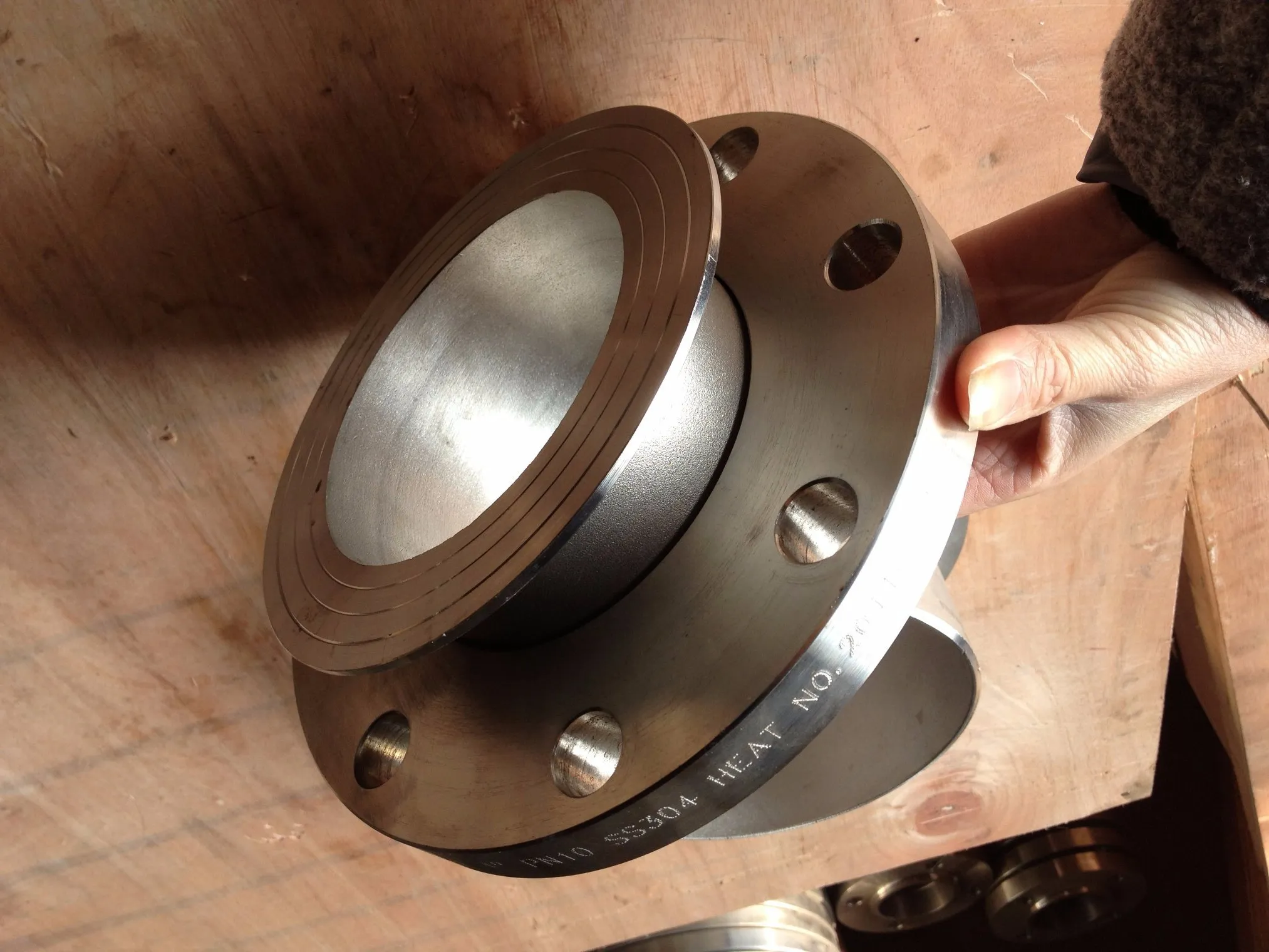
The Saddle Previously allows sections pipe to be opened for inspection, cleaning or replacement without the need for additional welding.
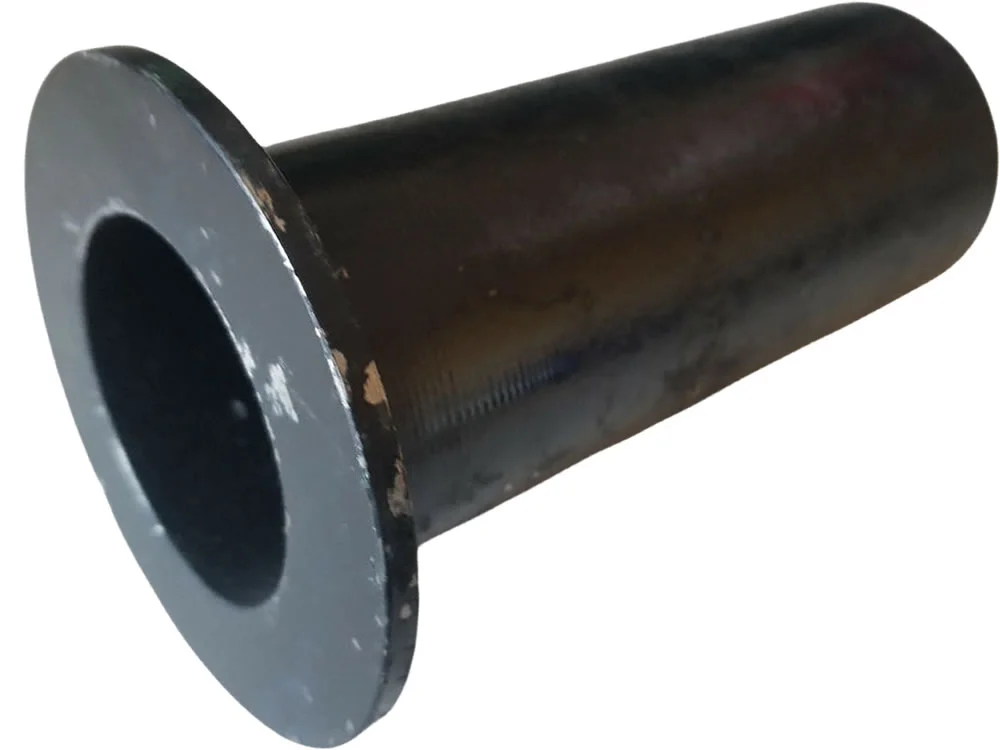
Carbon steel stub ends provide durable, corrosion-...
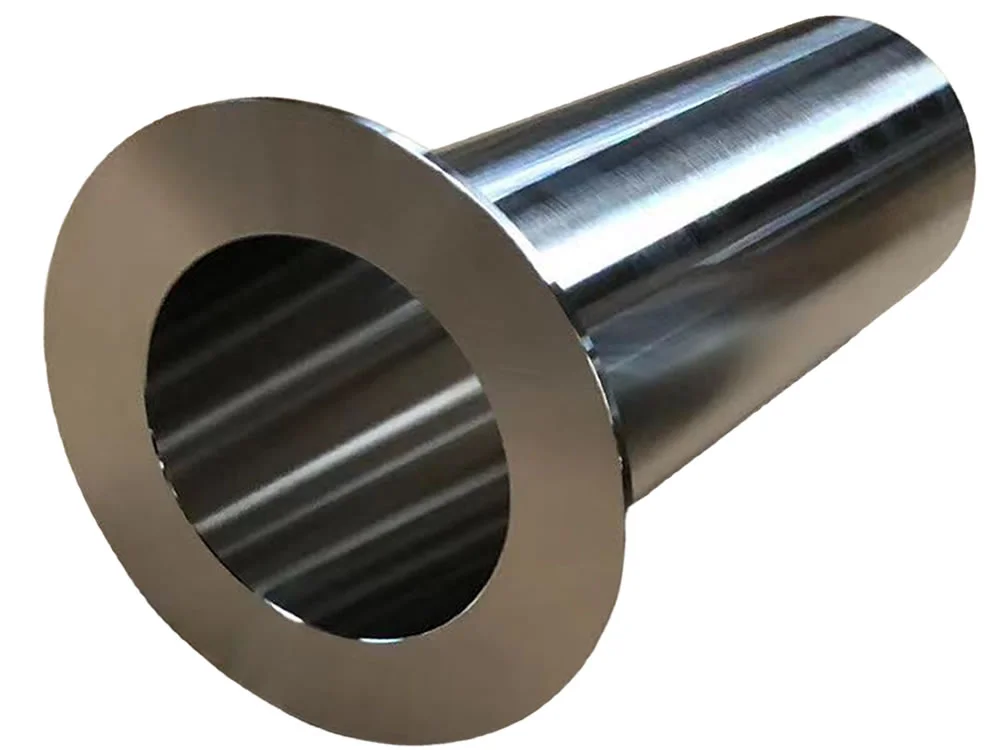
Stainless steel stub ends provide superior corrosi...
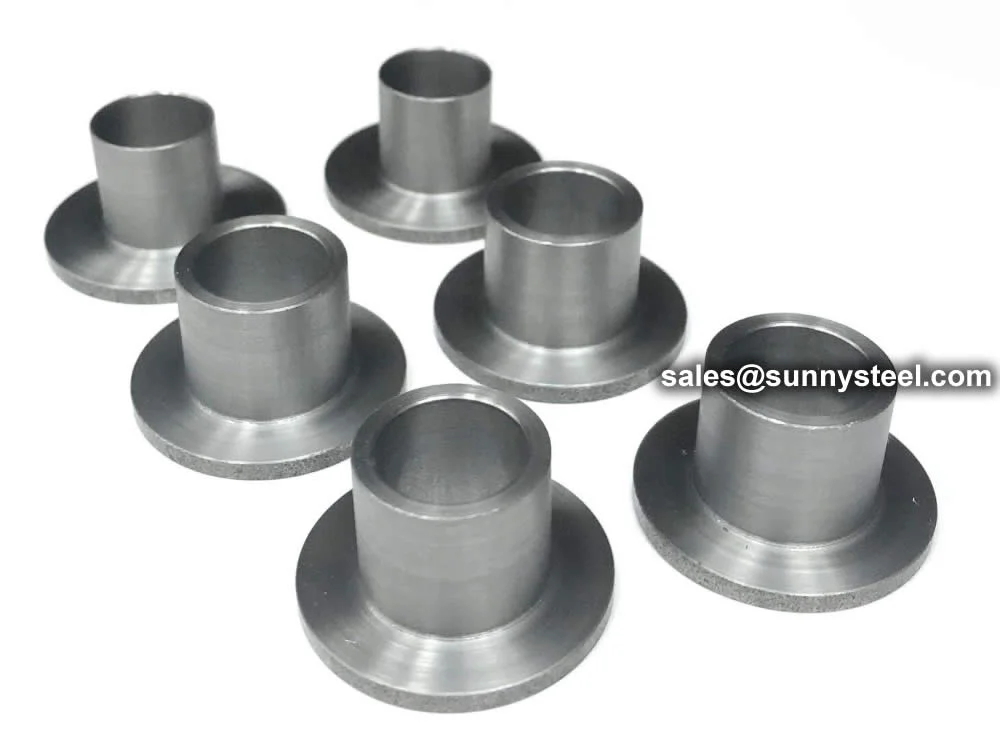
Lap joint stub ends provide flexibility, corrosion...
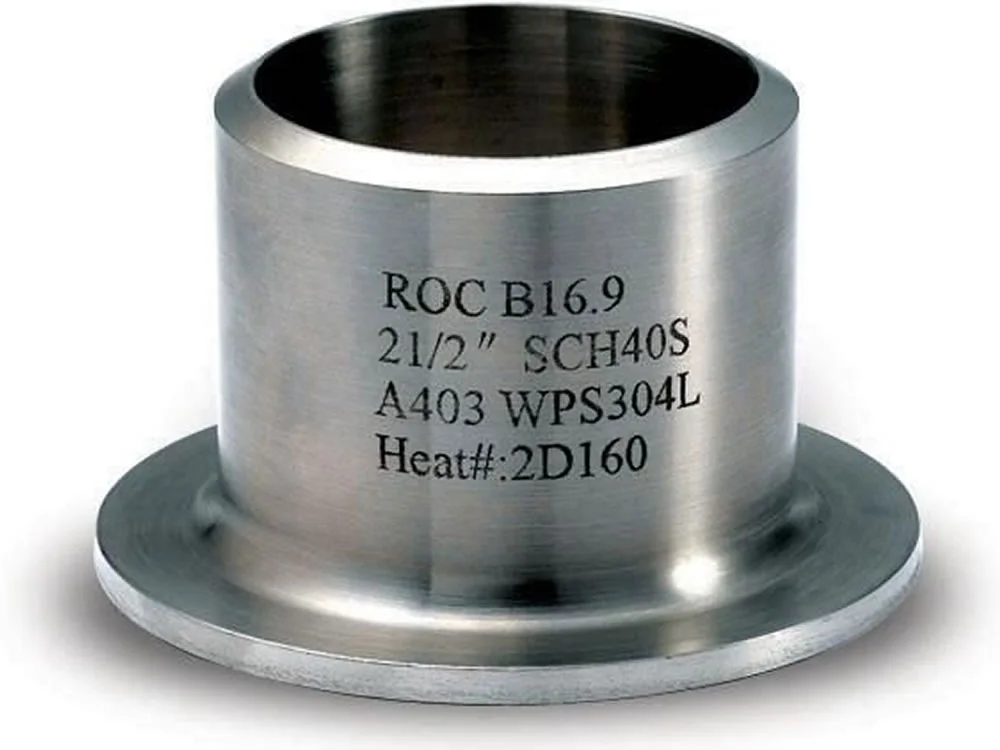
The a403 wps304l stainless stub end is a pipe fitt...
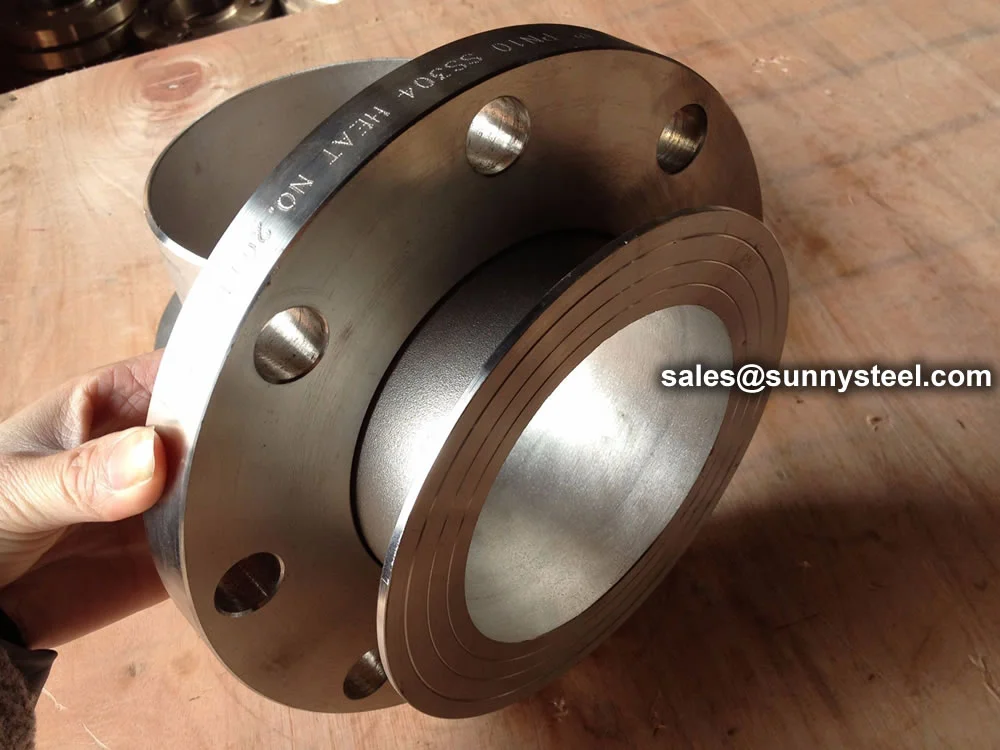
Asme b16.9 stub ends are used with lap joint flang...
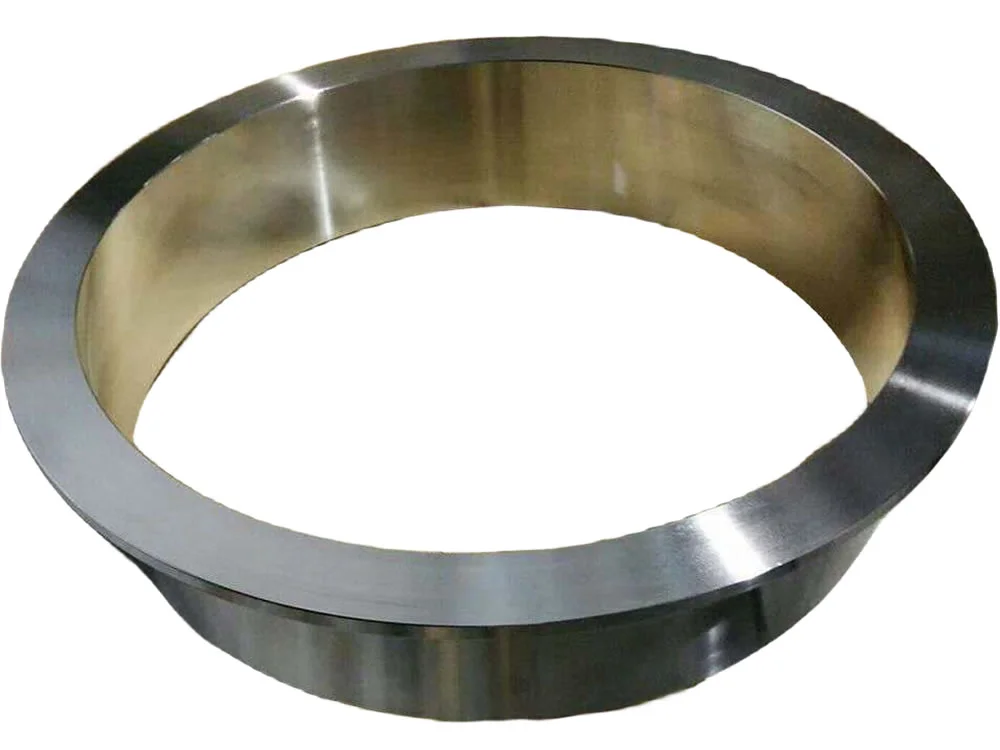
Pipe collar is a pipe fitting used in industrial p...